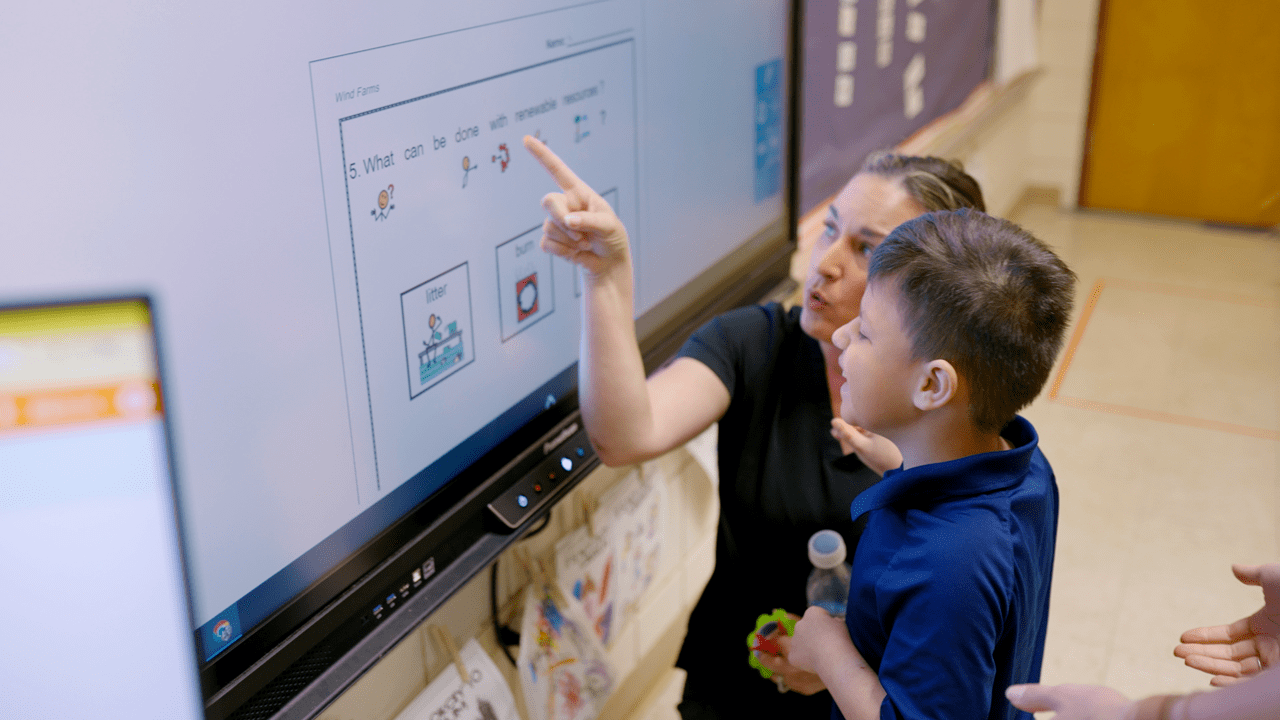Now, how did you become that kind of person? What experiences formed you into who you are today? Did you have a loving adult in your life who modeled empathetic listening and the importance of caring for others? Perhaps your teachers explicitly taught you about responsibility, integrity, and respect. If so, you had a strong foundation in character education.
“…nothing is of more importance for the public weal, than to form and train up youth in wisdom and virtue.”
—Benjamin Franklin
Character education is”¦
Character education is the deliberate teaching of core ethical values. In our democratic society, there is no single list of values for schools to teach nor a comprehensive program to follow. Rather, character education is a shared responsibility among parents, teachers, and the community to form youth into productive citizens that live and work together peacefully. It teaches students how to be compassionate and trustworthy citizens who contribute positively to society.
Progress toward skills like citizenship, responsibility, and fairness may be more challenging to quantitatively measure than mastery of the multiplication table, but they are critically important to the education of the whole child and development of safe, healthy, and informed communities.
Character education is not”¦
Character education is not intended to further a moral agenda. This type of instruction would work counter to helping students develop critical thinking skills, empathetic listening, an appreciation of differences, and respect—traits that character education elevates. The goals of character education remain nonsectarian and nonpartisan.
Character education is also not the sole responsibility of the school. Caregivers in the home remain the primary moral teachers of children, but character development is truly a shared responsibility.
So, how do you teach a child to be courageous in the face of adversity? Or stand up for what’s right, even if they are standing alone? What kind of resources does a teacher need to effectively facilitate sensitive conversations about issues like tolerance?
While there is not a single toolkit or curriculum designed to address character education, there are several best practices to keep in mind as you make your plans.
Hold high expectations
Character education means holding high expectations for students’ academic success. When children know their teachers expect them to put forth a great deal of effort, perseverance takes root. Students take pride in their work and develop a sense of academic responsibility. Every teacher has appreciated the beaming grin on the face of a child who has just learned a new skill or completed a task by himself for the first time—that joy is contagious!
It is important to note that ALL students—students with and without disabilities—can and should be held to high expectations. The journey to get to the end goal will look different from student to student, but every child is worthy of the satisfaction born out of hard work and dedication.
Create classroom structures that support character development
Many teachers intentionally design their classrooms with spaces set aside for students to go for emotional regulation. There may be a reflection desk or a calm-down corner. Perhaps your classroom has an area dedicated to peer mediation or conflict resolution as part of your school’s conscientious discipline program. Skills such as self-regulation and healthy conflict resolution are important traits in any character education program. Think about the values you wish to prioritize in your learning community and then aim to set up the physical environment to be conducive to those values.
Use collaborative teaching strategies
Collaborative learning is an umbrella term for teaching strategies that involve joint intellectual effort by students, or students and teachers together. Students are typically working in small groups and activities like “think-pair-share” or “jigsaw” center on the students’ exploration of the content. To do this well, teachers must help students practice cooperation, compromise, and clear communication. Using collaborative learning strategies is an excellent tool for teaching character development.
Involve all content areas
Character education is most effective when it’s done consistently throughout the school year and across all content areas. Teachers have the privilege of not only teaching their specific content, but also standing before their students as ethical mentors. For example, science teachers might discuss the value of honest data and the integrity of research. Students might learn about problem-solving and perseverance in math class as they are encouraged to stick with a problem until finding a solution. In history and literature, students might learn details about “heroes of character,” such as the courageous convictions of Martin Luther King, Jr. or the creative nonviolent resistance of Leo Tolstoy.
Collaborate with non‑teaching staff
Post the character education focus throughout the school and invite non-teaching staff to reinforce the concepts as opportunities arise. For example, a food-service worker in the cafeteria could applaud a student for good citizenship in showing care for the environment by recycling a water bottle. The front desk assistant could kindly remind a frequently tardy high school student about the importance of timeliness and dependability. A soccer coach might discuss sportsmanship after a heart-breaking loss and a questionable referee call.
Parents also have an important role to play. Share the “moral teaching of the week” or “character trait of the month” in a weekly or monthly note home. Parents can expand upon discussions from the classroom and encourage students to practice good habits at home.
Other effective tools for character education include explicit lessons on character traits, service-learning projects, and schoolwide character initiatives like “1000 Acts of Kindness” or planting a school garden. Regardless of the tools you use to teach character education, you can be certain that your efforts are a worthy undertaking. You are truly shaping the next generation.



